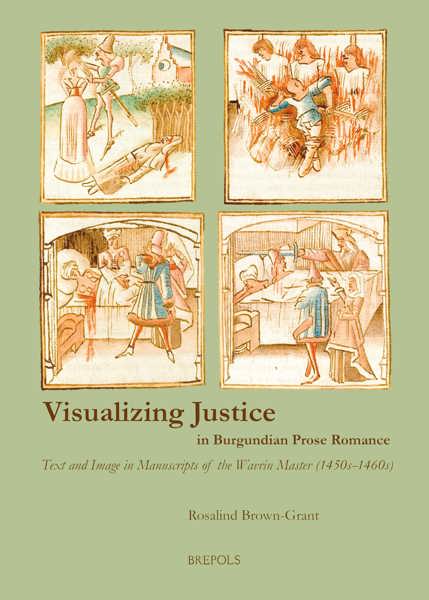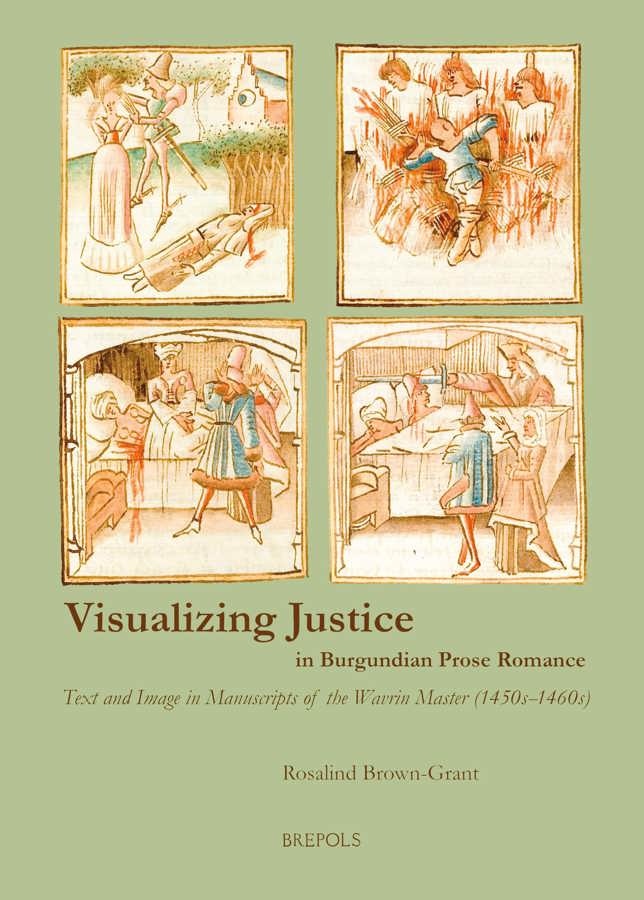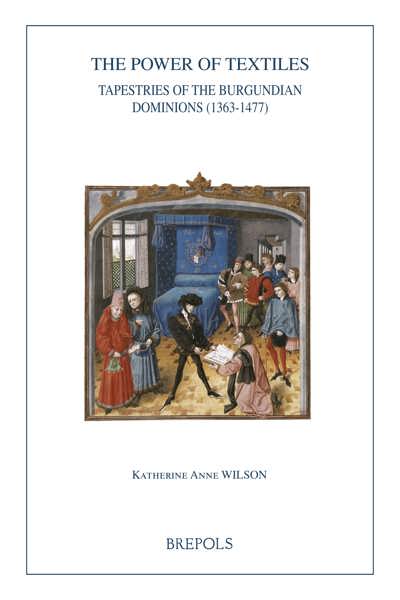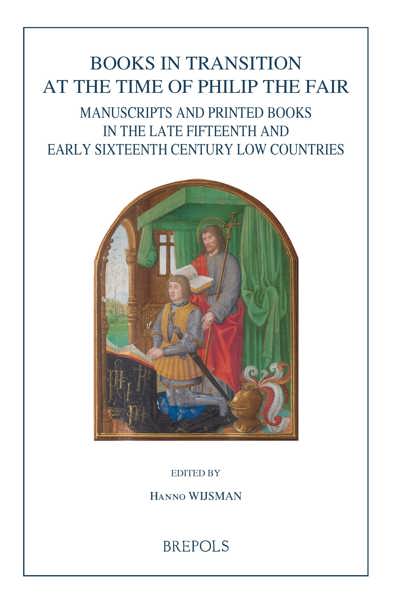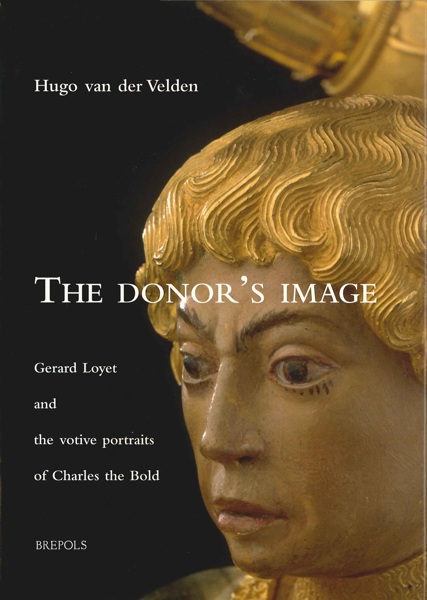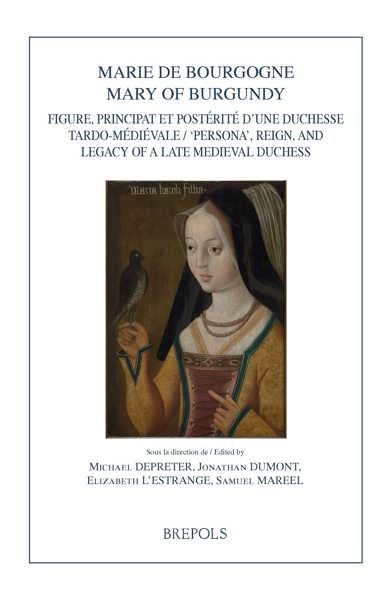
Visualizing Justice in Burgundian Prose Romance
Text and Image in Manuscripts of the Wavrin Master (1450s-1460s)
Rosalind Brown-Grant
- Pages: 389 p.
- Size:178 x 254 mm
- Illustrations:140 col.
- Language(s):English
- Publication Year:2020
- € 105,00 EXCL. VAT RETAIL PRICE
- ISBN: 978-2-503-58633-5
- Hardback
- Available
- € 105,00 EXCL. VAT RETAIL PRICE
- ISBN: 978-2-503-58634-2
- E-book
- Available
This book explores the textual and visual representation of justice in a corpus of chivalric romances produced in the mid-15th century for noble patrons at the court of Burgundy.
« Cette riche monographie met en lumière l’œuvre singulière et désormais bien connue du Maître de Wavrin, un artiste bourguignon actif à Lille dans les années 1450–1460, qui tire sa renommée de l’illustration de quinze romans de chevalerie pseudo-historiques en prose (soit un total de 650 miniatures à l’aqua[1]relle). L’A., spécialiste de littérature du Moyen Âge tardif et de l’enluminure bourguignonne, porte dans cet ouvrage un nouveau regard sur ce corpus homo[1]gène de romans en prose. » (Matthieu Marchal, dans Le Moyen Age, 129/1, 2023, p. 342)
Rosalind Brown-Grant is Professor of Late Medieval French Literature at the University of Leeds. She has published on Christine de Pizan, French prose romance, Burgundian historiographical writing, and text/image relations. Her work has been funded by the Arts and Humanities Research Council, British Academy, and Leverhulme Trust; she has also held Research Fellowships at Le Studium, Institute for Advanced Studies, Orléans, and the Netherlands Institute for Advanced Study in the Humanities and Social Sciences, Amsterdam.
This is the first monograph devoted to manuscripts illuminated by the mid-fifteenth-century artist known as the Wavrin Master, so-called after his chief patron, Jean de Wavrin, chronicler and councillor at the court of Philip the Good of Burgundy. Specializing in the production of pseudo-historical prose romances featuring the putative ancestors of actual Burgundian families, the artist was an attentive interpreter of these texts which were designed to commemorate the chivalric feats of past heroes and to foster their emulation by noble readers of the day. Integral to these heroes’ deeds is the notion of justice, their worth being measured by their ability to remedy criminal acts such as adultery, murder, rape, and usurpation. In a corpus of 10 paper manuscripts containing the texts of 15 romances and over 650 watercolour miniatures, the stylized, expressive images of the Wavrin Master bring out with particular clarity the lessons in justice which these works offered their contemporary audience, many of whom, from the Burgundian dukes downwards, would have been responsible for upholding the law in their territories. Chapters are devoted to issues such as the nature of just war and how it is linked to good rulership; what forms of legal redress the heroines of these tales are able to obtain with or without the help of a male champion; and what responses are available in law to a spouse betrayed by an adulterous partner. The book will be of interest to scholars of medieval art, literature, legal and cultural history, and gender studies.
List of figures
Foreword and acknowledgements
Introduction
This chapter sets out the rationale for the monograph. First, it situates its approach to study of the works of the Wavrin Master in relation to past and current scholarship in the field of Burgundian manuscript illlumination. Second, it explains and briefly illustrates the methodology it adopts, this being the analysis of the interplay between text and image in manuscripts of these prose romances, from the particular perspective of how this interplay inflects the issues of justice that are raised in the narrative. Third, it outlines in detail the precise research questions that will be addressed in the monograph and explicates the order of the chapters, justifying which texts have been selected from the corpus for detailed treatment.
Chapter 1: Artist, Corpus, Patrons, Court
This chapter provides a detailed context for analysis of the manuscripts in the Wavrin Master corpus by outlining who the artist was, what his body of work consisted of, who his chief patrons were, what books they held in their libraries, and how these texts contributed to the wider ideological project of legitimising the Burgundian polity as a personal union between the lord and his subjects, particularly during the reigns of the third and fourth dukes, Philip the Good and Charles the Bold. It thus sees these romances as forming part of a “literature of statecraft” teaching princely virtues, especially on matters of justice, alongside moralising works such as mirrors for princes, military treatises, and the many different types of historiographical texts that found favour at the Burgundian court.
Chapter 2: Justice, Warfare, and Rulership in Florimont, the Seigneurs de Gavre and Saladin
This chapter focuses on three texts whose presentation of the hero’s military exploits can be read as a demonstration of medieval just war theory in action and of the link between just war and just rulership. It argues that the first two tales, Florimont and the Seigneurs de Gavre, can be seen as paradigmatic of the Wavrin Master’s corpus in depicting an unequivocally exemplary hero as a just warrior and later ruler pitted against a series of antagonists whose illegitimate wars destroy their credibility as governors of their lands. By contrast, the third text, Saladin, is much more ambivalent in its portrayal of a hero whose undoubted status as a model of just conduct in war is fatally undermined by his reasons for going to war in the first place, being chiefly motivated by an insatiable desire for conquest, a lesson which may well have had a particular pertinence for Charles the Bold whose territorial ambitions far outstripped those of all three of his ducal predecessors. Translating these texts’ often abstract ideas about just war and just rulership into the realm of the visual, the Wavrin Master plays with the extent to which the hero as a chivalric leader can be contrasted with his opponents in terms of both his appearance and his physical domination of space as a way of underlining the rightfulness or wrongfulness of the military causes he espouses.
Chapter 3: Poor Judgements: Righting Wrongs against Women in Gérard de Nevers, the Fille du comte de Pontieu, and Florence de Rome
This chapter examines three romances that deal with the righting of wrongs perpetrated by men against women and the ways in which these female victims of injustice find legal redress. In the first of these texts, Gérard de Nevers, justice for the wronged heroine is obtained by the male figure who had endangered her in the first place, as he fights a series of judicial duels to clear her name. Nevertheless, the heroine herself is not simply a passive receiver of this justice but herself has to use the workings of the law in order to regain her rightful place in society, in particular through her eloquence in pleading in court. The doubly wronged heroine of the second text, the Fille du comte de Pontieu, victim of a gang-rape and of her own father’s punishment of her for having supposedly dishonoured her family, gains legal redress through her own efforts, pardoning the father who had wronged her but also making him swear a solemn oath never to reproach her again for her misfortune. Finally, in Florence de Rome, the heroine is abducted by her brother-in-law and subjected to multiple attempts at rape but eventually attains justice through herself exercising judgement over her transgressors. In his treatment of these women in relation to justice, the Wavrin Master places particular emphasis on representing scenes of crimes so as to establish the heroine’s innocence and the different forms of judicial process by which she regains her honour and status. Valorising women in relation to justice through their demonstration of eloquence as well as through their capacity to make just judgements, these romances play their part in legitimising the role that high-status women such as the duchesses in particular were playing de facto in the good governance of the Burgundian polity.
Chapter 4: Domestic Betrayals: Adultery and the Problem of Lawful Response in the Chastellain de Coucy and the Comte d’Artois
This chapter, which deals with two romances that focus on the question of adultery, seeks to correct a scholarly misconception about the prevalence of extramarital relationships in Burgundian chivalric literature being a reflection of the licence that members of the male elite, particularly Philip the Good himself, allowed themselves in their own adulterous relations. It argues that, in fact, rather than celebrating extramarital love, the Chastellain de Coucy and the Comte d’Artois are concerned to teach their noble readers, both male and female, about the dangers of adultery. In particular, the way in which the domestic betrayals within these romances are treated textually and visually rejects the idea of adultery as an ennobling passion (as found in the Tristan legend, for example) and instead examines the lawful or unlawful response on the part of the betrayed spouse to the fact of their betrayal, thus addressing the wider social and legal repercussions of such extramarital passions. In his treatment of these two texts, the Wavrin Master draws on multiple pictorial traditions and runs a gamut of emotions from the courtly to the bathetic and from the erotic to the tragic in order to show that adultery, as an act of private domestic betrayal, can only lead to further forms of injustice.
Conclusion: Text, Image, Ideology, Justice
This chapter summarises the case made for seeing the Wavrin Master as a highly original interpreter of an unusually homogeneous body of works, ones in which the interplay of text and image is integral to the way that its lessons in statecraft, particularly on the issue of justice, would have been received at the court of Burgundy by both a male and a female audience.
Appendix 1: Corpus of manuscripts
Bibliography
Index
